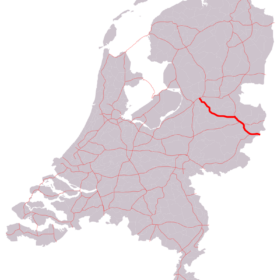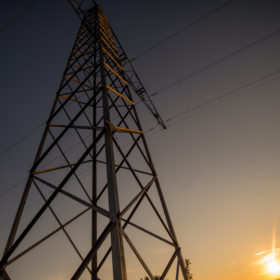Dutch water agency to install more PV along highways
The Dutch water management agency plans to install solar along a highway in Overijssel. The project is part of a plan to build projects on state land, as the Dutch PV sector continues to search for alternative surfaces on which to deploy PV.
In the mind of a residential PV system owner
Scientists in the Netherlands have identified five different profiles of homeowners that have installed or could install rooftop PV systems. According to their findings, substantial differences characterize the five segmentation groups. The research is intended to help policymakers and solar companies to better promote PV technology among potential new adopters.
Flexible heat pumps ideal for power grids congested by solar and wind
Dutch transmission system operator Tennet, which also serves Germany, is planning to create flexible electricity demand and reduce grid congestion by promoting the use of smarter heating systems and heat pumps that can also be powered by solar and wind energy. According to its experts, intelligent control of heat pumps may result in the creation of between 0.5 and 1 GW of temporary grid flexibility by 2030.
Netherlands deployed 2.93 GW of solar in 2020
At the end of December, the country’s cumulative installed solar capacity surpassed 10 GW. PV was able to cover around 6.6% of Dutch electricity demand last year, according to a new report from Dutch New Energy.
Baywa re energizes more floating PV in the Netherlands
The German renewable energy company has completed two more projects, totaling 29.2 MW, in the country.
Dutch business regulation agency rules network operators lacking capacity are allowed to deny grid-connection
The Netherlands Authority for Consumers & Markets has established that the first-come, first-served principle applied by grid operators is the correct approach to manage current grid congestion. The decision was taken to resolve a legal dispute between Liander and an agricultural entrepreneur that was denied grid access for a PV project.
Offshore floating PV may reach maturity in 2030
According to a report from DNV GL, the North Sea may host around 100 MW of floating solar capacity by 2030, and 500 MW by 2035. The LCOE of offshore PV systems is currently estimated at around €354/MWh but in the future it should be close to that of ground-mounted solar parks.
EU says Netherlands must pay €659m for evading anti-dumping duties on solar panels
The Netherlands has allegedly evaded anti-dumping and countervailing duties imposed on solar imports from China, Taiwan and Malaysia between May 2015 and March 2017, according to the European Commission. The Dutch government said the claims from Brussels are not justified.
Chint energizes 152 MW of solar in the Netherlands
The three solar parks are located across the Dutch provinces of Groningen and Drenthe.
Solar parks in Netherlands to be connected at 70% of their peak capacity
The Netherlands’ renewable energy sector has reached an agreement with the country’s grid operators and power providers for a faster grid connection of solar parks. PV plant operators will be able to connect their projects at 70% of their capacity and, in turn, they will be allowed to connect them without having to wait for more grid availability.










